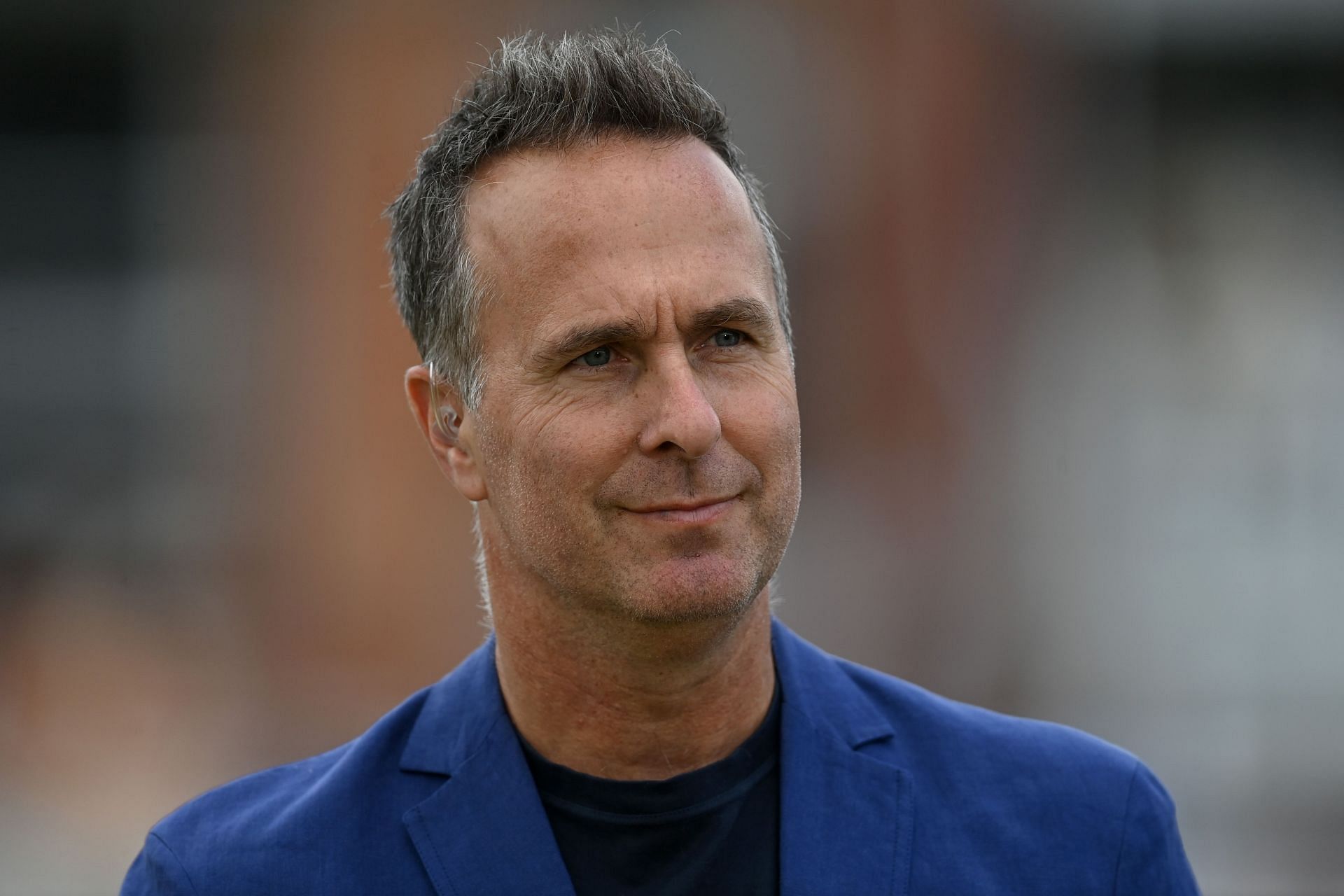
"The commentary, I think, is a little bit uneducated" - Hawk-eye Inventor slams Michael Vaughan for DRS transparency call
Founder of the Hawk-Eye, Paul Hawkins, hit back at former England captain Michael Vaughan for his comments on enabling transparency in the decision-making process by the Hawk-Eye.
Vaughan's comments came after Joe Root's questionable LBW decision on Day 3 of the fourth Test between England and India at Ranchi. Following his sensational century in the first innings, the 33-year-old, batting on 11, was trapped off a full and straight delivery from Ravichandran Ashwin.
While the on-field umpire denied the home side, they had the call overturned by DRS despite a majority of the ball appearing to be pitching outside the leg stump.
When discussing DRS decisions involving the Hawk-eye, Vaughan said:
"So here is a simple solution to help improve transparency and accountability: stick a camera and microphone in the truck so as that a decision is being made, we all know exactly what is going on, and how much humans are involved. You could argue that those running the technology in the truck are as important as the two standing umpires."
In response to Vaughan's comments, Hawkins said on The Analytics Podcast:
"The commentary, I think, is a little bit uneducated. It is unfortunate from Vaughan, because, obviously fantastic player, really enjoyed watching him play, and a great commentator, very entertaining. But I think it’s a responsibility to the game, in terms of journalism."
"Perhaps a little bit more preparation in terms of his role as a journalist may help him explain what’s happening to the huge fan base of cricket so that what he writes is factually correct. In the same way as Hawk-Eye has an obligation to be factually correct, perhaps journalists do too." he added.
Joe Root's dismissal proved costly as England collapsed to be bowled out for a paltry 145 in the second innings, setting India a target of 192.
Rohit Sharma's Men survived a mini-hiccup midway through their run chase and completed the win by five wickets on Day 4 to take an unassailable 3-1 series lead.
Paul Hawkins provides a detailed explanation of the DRS
Paul Hawkins further clarified how the DRS operators work and the people involved in ensuring it remains foolproof. He also confirmed the presence of cameras inside the truck for quality control.
"So, there’s three people typically on the Hawk-Eye tracking side of the system and then another person who does the UltraEdge in typical production. So, one person’s doing the virtual reality – the output side of things – and there’s two independent people that do the tracking, so there’s no single point of failure," said Hawkins.
He added:
"The cameras come into the two independent tracking systems, there’s two sets of readers, two separate operators. And so every single ball – you’ve got essentially two watches and you’re checking that they’re always the same and you’ve got that quality control between the two systems. So for every day, the guys will go out and measure the width of the stumps. And so that gets entered into the system. So you’re working off of the actual width of those stumps."
Hawkins also explained how the technology works to confirm why broadcasters can't manipulate DRS decisions.
"A good process that’s evolved in terms of quality control is that there is a van camera, which is more an internal process, making sure people aren’t on their phones. But the best thing in terms of quality control is an automatic screengrab of the tracking system is taken and that automatically goes to the ICC," he said.
"So whilst it will never go to broadcast because there’s lots of intellectual property within those screengrabs for the internal quality control for the people that need to make sure that the technology providers are providing accurate answers, that’s all done," concluded Hawkins.
While several players and experts have questioned potential frailties in the technology used for decision-making, it has undeniably played a massive role in substantially reducing howlers.